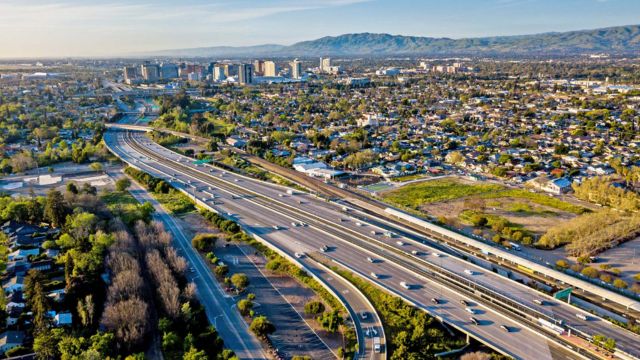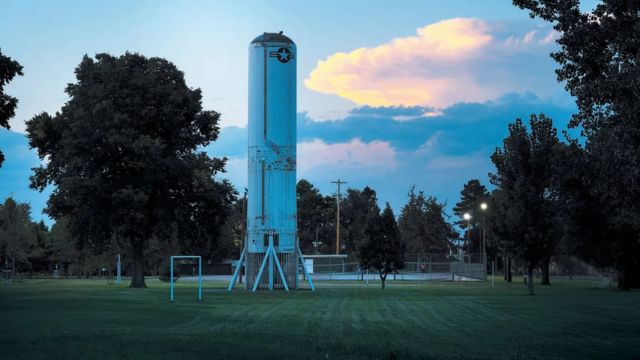California is a popular choice for anyone looking for a vibrant, diversified place to call home. Attractions in the state include pleasant weather, stunning natural parks, and a plethora of business opportunities. On the other hand, potential residents need to be aware of the considerable difficulties that come with living in California. This blog post explores the main risks and obstacles that Californians must deal with, as well as solutions.
Exorbitant Living Expenses
The high cost of living in California is a distinctive feature of living there. The state has the second-highest regional pricing parity in the country, according to the U.S. Bureau of Economic Analysis, which indicates significantly higher prices for products and services. Particularly burdensome are housing expenses; according to the U.S. Census Bureau, California has the highest median home value and the third-highest median rent in the nation. Numerous locals find this difficult, particularly in large cities like Los Angeles, San Francisco, and San Diego.
The high cost of living necessitates sound financial management. Locals need to carefully plan their spending, conserve money, and look for ways to cut costs. Some choose to live with roommates or family members, or they choose to move to cheaper areas like the Central Valley or the Inland Empire. Low- to moderate-income households can receive additional support by utilizing state and local resources like the Housing Choice Voucher Program and the California Housing Finance Agency.
Natural Catastrophes
People who live in California are always at risk of natural calamities. Numerous natural disasters, including as wildfires, mudslides, earthquakes, severe droughts, flooding, and tsunamis, can strike the state. These occurrences have the potential to seriously harm people, infrastructure, and property. For example, 2020 saw the worst wildfire season in California history, resulting in the loss of almost 4 million acres of land and numerous fatalities.
It is imperative to exercise caution and take preventative action, adhering to directives from agencies such as the U.S. Geological Survey and the California Governor’s Office of Emergency Services. Being aware of potential threats and maintaining emergency plans are crucial components of preparedness.
Economic and Social Instability
Social and economic issues arise from California’s huge and diverse population, which includes people of different racial and ethnic backgrounds, cultures, languages, faiths, and political opinions. Deeply ingrained problems of racism and injustice are highlighted by violent and unrest in society, such as the Watts Riots in 1965 and the George Floyd Protests in 2020. Furthermore, unstable economies, destitution, and homelessness present difficulties that are made worse by the state’s reliance on industries that are susceptible to outside shocks, as was the case with the COVID-19 epidemic.
In order to address social and economic instability, cooperation is needed. Californians need to encourage an inclusive and respectful culture, actively engage in democracy, and hold public officials responsible. For long-term economic growth and well-being, adaptation, creativity, and a dedication to addressing underlying problems are essential.
In Summary
Although residing in California provides a diverse and rewarding experience, there are drawbacks as well. It takes knowledge, planning, and resilience to navigate the high expense of life, the ongoing threat of natural disasters, and the complexity of social and economic instability. By converting these obstacles into chances for development, Californians can maximize the positive aspects of living in the Golden State while reducing the negative ones.



